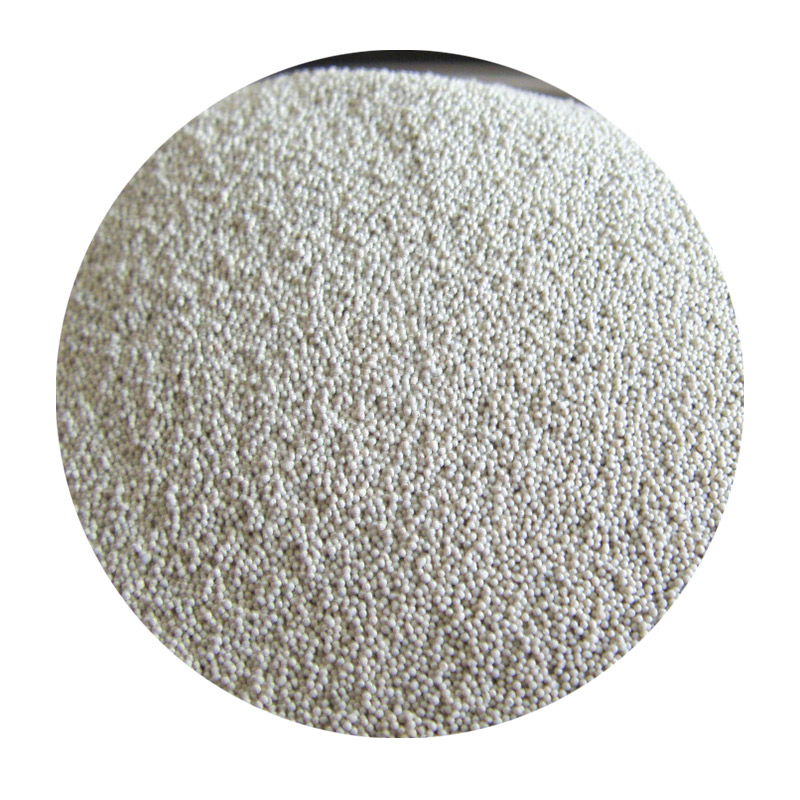The Golden Sands of Concrete A Testament to Modern Engineering
In the realm of construction and urban development, the term golden sands conjures images of not only picturesque beaches but also a fundamental building block for modern infrastructure. Concrete, a ubiquitous material in the construction industry, is often viewed as a mundane substance. However, when combined with fine aggregates—like sands from golden beaches—it transforms into a remarkable element that supports our cities, bridges, and homes.
The Beauty of Concrete
When we speak of concrete, we often refer to its functionality and durability. However, it is crucial to acknowledge the aesthetic potential found within this versatile material. The inclusion of finely processed sands can enhance concrete's texture and color, lending it an appearance reminiscent of golden beaches. This unique contribution inspires architects and designers to experiment with various formulations, leading to a new era of architectural creativity.
Moreover, concrete can be mixed with different pigments to amplify its visual appeal. By utilizing golden-hued sands, artists and engineers have the potential to create stunning installations that reflect the beauty of nature while maintaining the strength and longevity of concrete. This blend of art and functionality points to a broader trend in sustainable architecture, where material choice underscores ecological consciousness as well as visual appeal.
Sustainable Sourcing of Aggregates
However, as we seek to create aesthetic concrete, we must also consider the environmental implications. The extraction of natural sands can often lead to detrimental effects on ecosystems and water sources. Sustainable practices have emerged, emphasizing the need to source aggregates responsibly.
Innovative companies are exploring alternative materials, such as recycled glass or crushed stone, to mitigate the environmental impact of concrete production. Additionally, efforts to utilize byproducts from other industries, like the use of ash in concrete mixtures, not only reduce waste but also enhance material properties. This opens the door to creating “golden sands” through sustainable means, marrying beauty with ecological responsibility.
Strength and Versatility
golden sands concrete

Concrete's strength is derived from its unique composition. The combination of sand, gravel, water, and cement results in a material that can withstand tremendous pressure. The addition of golden sands does not compromise this strength; instead, it can enhance workability and improve finishing. Architectural masterpieces, be they modern skyscrapers or historical structures, rely on concrete for their resilience against time and the elements.
The versatility of concrete is also noteworthy. It can be molded into any shape or size, allowing for a range of applications from towering buildings to intricate sculptures. Advances in technology have led to the development of high-performance concrete that can be tailored for specific environments, whether it’s coastal regions exposed to saltwater or urban areas subject to heavy traffic.
The Role of Innovation
Innovation in concrete technology continually pushes the boundaries of what is possible. From self-healing concrete that can mend cracks to permeable varieties that reduce stormwater runoff, the future of construction looks promising. Integrating golden sands with advanced engineering techniques can result in surfaces that are not only beautiful but also functional, addressing contemporary challenges faced by urban environments.
Furthermore, self-healing concrete technology utilizes bioengineering techniques to incorporate bacteria within the concrete mix. When cracks appear, these bacteria activate and precipitate calcite, effectively “healing” the concrete. The aesthetic potential of using golden sands in such innovations can further reflect nature’s inherent beauty while extending the lifespan of structures.
Conclusion
The fusion of golden sands with concrete is a metaphor for the confluence of beauty and strength in modern construction. This innovative approach fosters creativity while addressing the pressing demands of sustainability. As architects and engineers increasingly lean into creative formulations of concrete, the built environment will continue to evolve—a testament to human ingenuity harnessing the earth's natural resources wisely.
Ultimately, our cities can reflect not only human capabilities but also the splendor of nature, captured in the golden sands of concrete. These materials will be the foundation of future societies, showcasing how even the most utilitarian substances can be transformed into works of art, underscoring our responsibility to build with a vision for a sustainable future.
Post time:Nov . 04, 2024 11:39
Next:Techniques for Sanding Resin to Achieve a Smooth Finish
